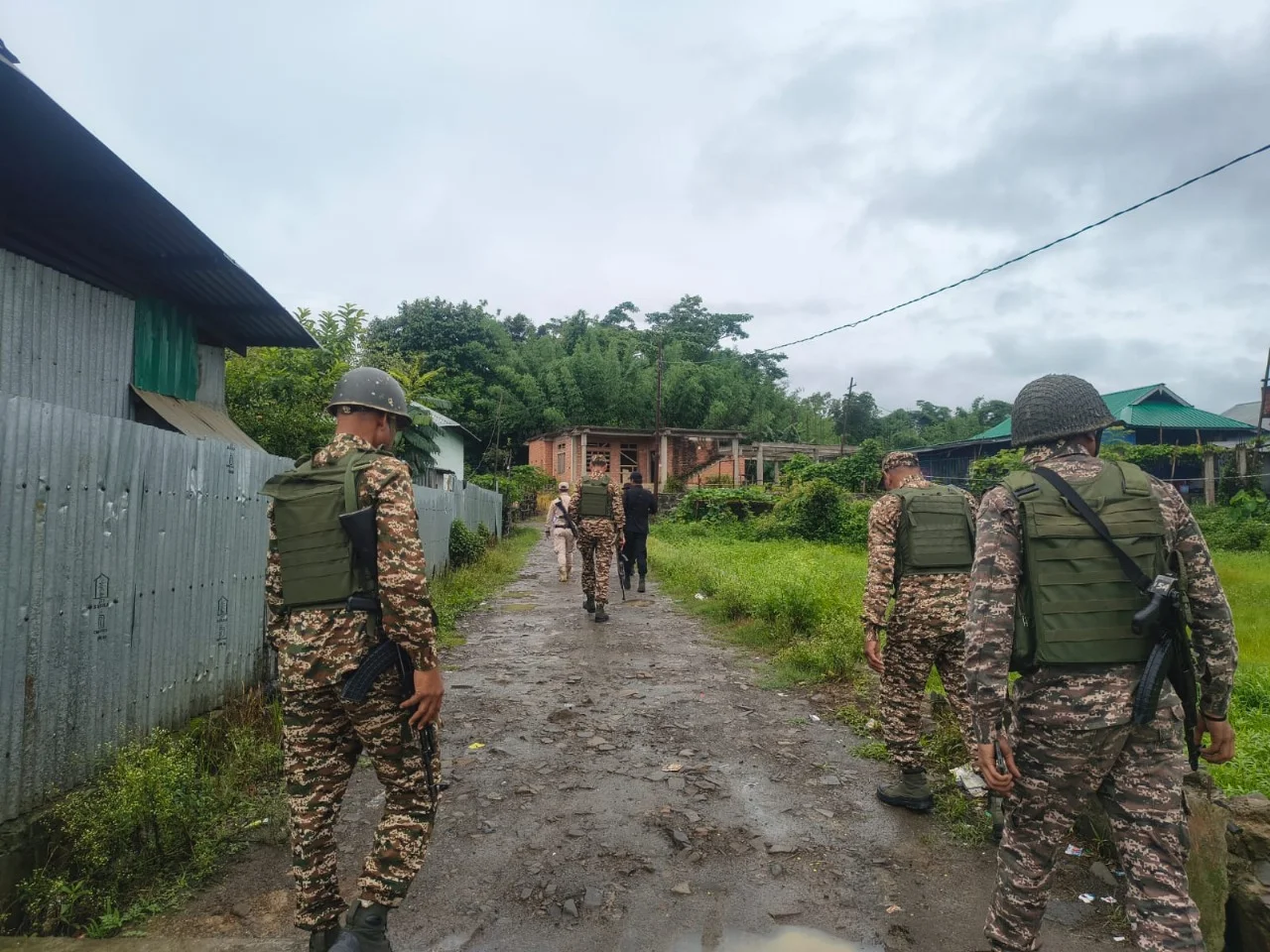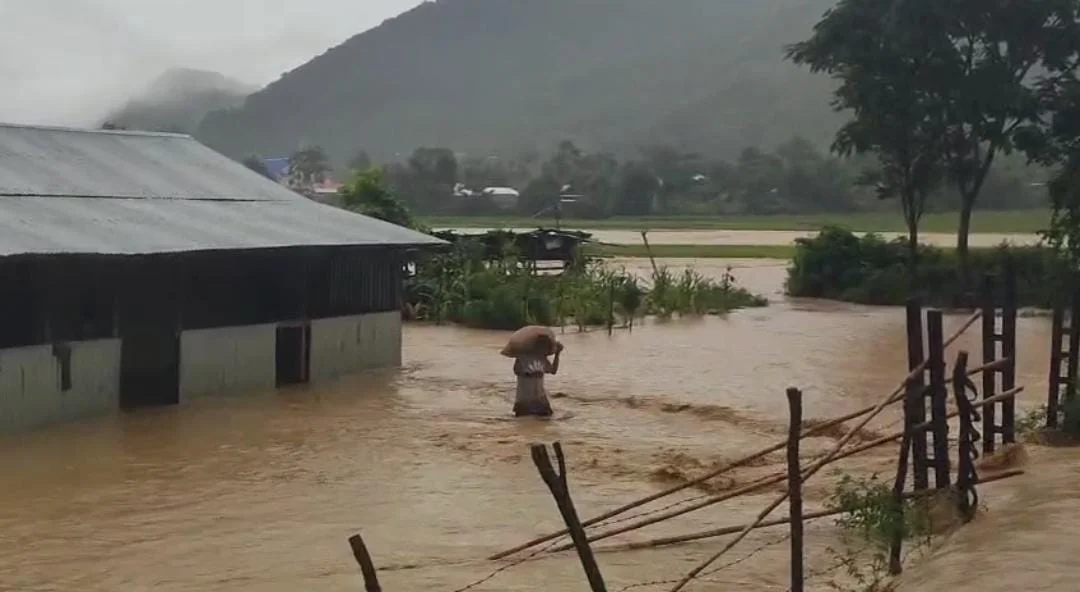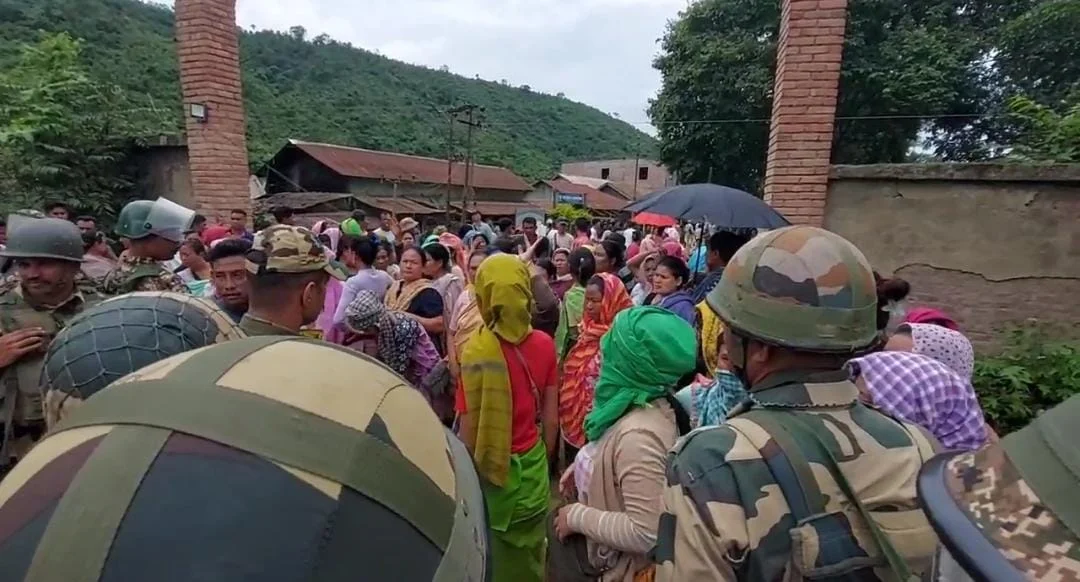The resilience of the human spirit shines through in Manipur as thousands of Manipur displaced families begin a new chapter, transitioning from the harsh realities of relief camps to newly constructed homes in the serene Sharon Hills. This move marks a significant, albeit challenging, step towards normalcy after nearly two years of displacement caused by the conflict that erupted on May 3, 2023.
Understanding the Plight of Manipur Displaced Families
- Widespread Displacement: The conflict led to over 50,000 internally displaced persons (IDPs) across Manipur, forcing them into relief camps.
- Harsh Living Conditions: Life in these camps was fraught with difficulties, including cramped spaces, poor sanitation, and a lack of privacy, severely impacting the well-being of the Manipur displaced families.
- Health and Financial Struggles: Many IDPs faced significant health challenges and severe financial distress due lacking stable income opportunities.
A Coordinated Effort for Manipur Displaced Families
In response to the humanitarian crisis, the government, operating under President’s Rule, initiated a comprehensive three-phase rehabilitation plan. The ambitious goal is to close all 350 relief camps and resettle all IDPs by December 2025. This large-scale effort is bolstered by the crucial involvement of various non-governmental organizations (NGOs) and community groups, working hand-in-hand with local leaders.
- Community Compassion in Action: A shining example of local support is the donation of land for these new homes by the Churachandpur MLA. The construction itself was generously funded by the Vaiphei Baptist Church Association (VBCA), showcasing remarkable community cooperation for Manipur displaced families.
Voices of Hope Among Manipur Displaced Families
The impact of these new homes is deeply personal for the residents. Nengcha, an IDP now settled in Sharon Hill, shared, “Living here is far more relaxing and refreshing than staying in the relief centre. We now have the freedom to cook what we like and carry out daily work, which was impossible in the cramped camps.”
Mangpi, another displaced resident from Kangpokpi district, expressed optimism for the future, hoping that the village’s development would foster harmony and progress for all its inhabitants. Their testimonies underscore the profound psychological and practical relief these new dwellings bring to Manipur displaced families.
Addressing Ongoing Challenges for Manipur Displaced Families
While new homes provide dignity, the path to full recovery remains complex, particularly concerning health and financial stability.
- Persistent Health Support: Dr. Kholi Sania Monica, the District Family Welfare Officer, confirmed that medical support, including regular check-ups, child immunizations, and crucial mental health counseling, has been ongoing since the conflict began. “Our health teams have been doing their best to support those in relief camps despite numerous limitations,” she stated, highlighting the continued dedication to the health of Manipur displaced families.
- The Struggle for Livelihoods: Despite health assistance, financial insecurity remains a pressing concern. Kakai, in charge of the Tuibong relief centre, emphasized the critical need for economic support: “When we fall ill, help is available, but the biggest challenge is no steady income. Without earning, we struggle to survive.” This highlights a significant hurdle for Manipur displaced families striving for complete self-sufficiency.
Looking Ahead: Sustainable Recovery for Manipur Displaced Families
The move to Sharon Hills signifies a hopeful turning point, offering a sense of stability and normalcy previously absent. However, the long-term well-being of Manipur displaced families hinges on continued, coordinated efforts. Restoring livelihoods and ensuring sustained economic opportunities will be paramount in securing long-term stability and helping them rebuild their lives fully.
Discover more from RastriyaSamachar24x7
Subscribe to get the latest posts sent to your email.




